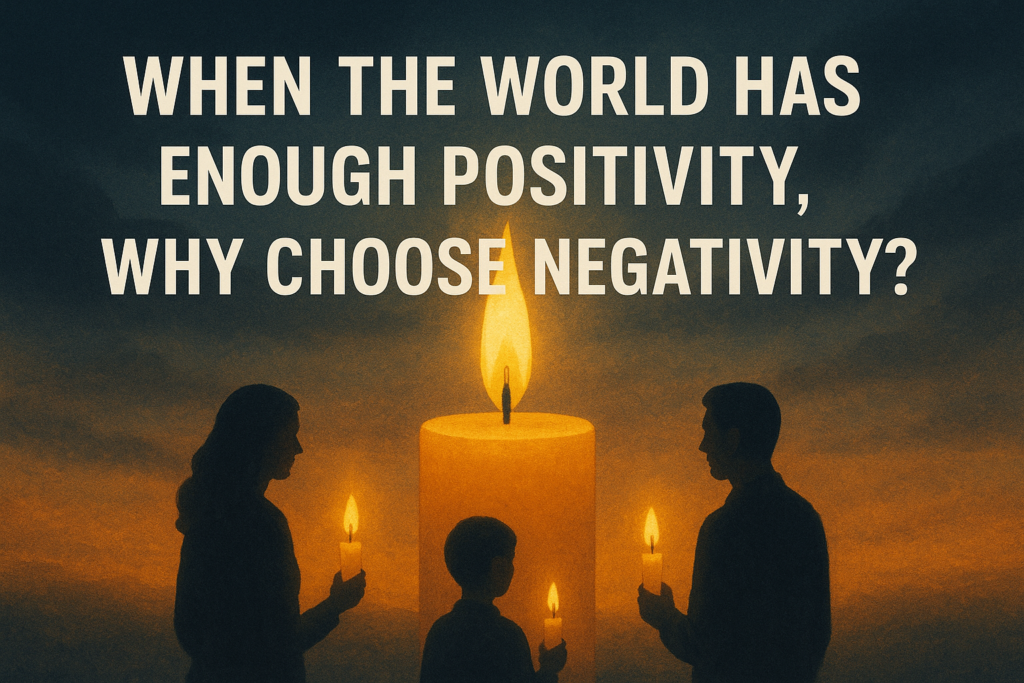As we discuss in our blog post, about eco-friendly fabrics, it is imperative to understand that the fashion business is not as glamorous or ethical as it may appear due to the alarming level of pollution it causes, which is destructive to the living population of our ecosystem.
Given how much of our used clothing is discarded in landfills on a daily basis, it is critical that we adopt and adhere to eco-friendly sustainable fabrics. Recycle used textiles to help solve this worldwide problem to a considerable extent.
As the truth about the harm the fashion business causes to the environment comes to light, it will positively affect both the industry and the consumers, who will become more environmentally conscious as a result of increased consumer awareness.
Fast fashion has been pulling a fast one on us for a while now. Although the fast fashion business would like for us to think that it’s all about cheap apparel, those low prices come at a high price.
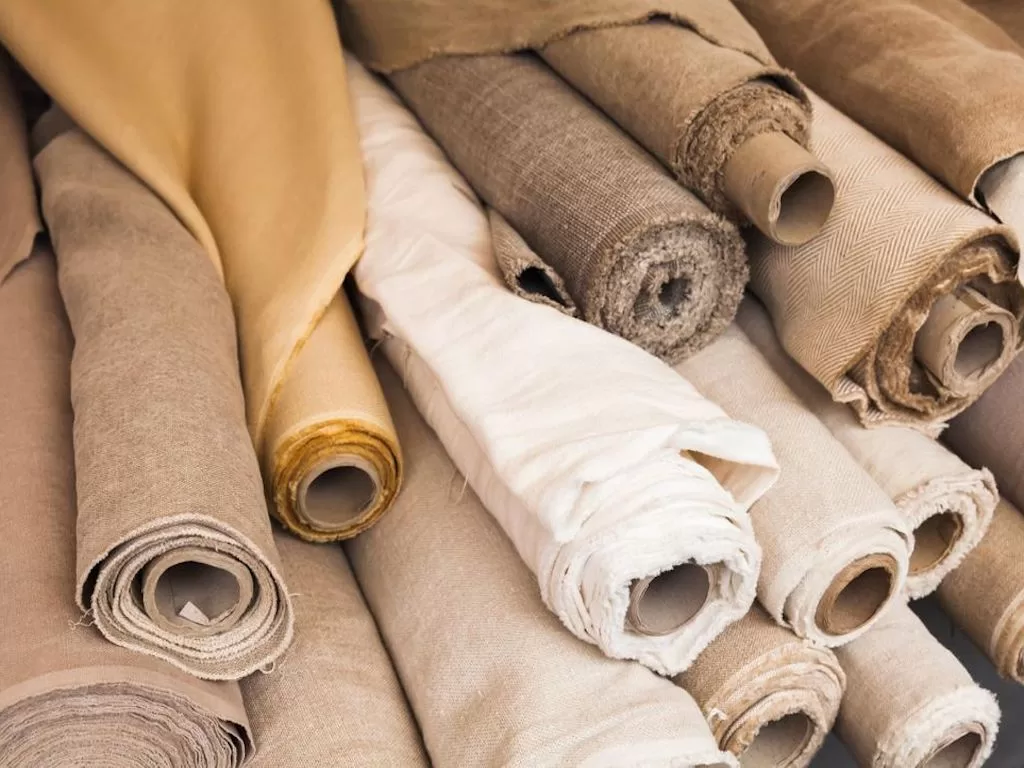
fabric is a threat to the environment
Fast fashion is not only terrible for the environment, but it also encourages workers to do things that aren’t right. The majority of fast fashion garments are produced using unsustainable materials and techniques, and they are also meant to last only a few months before being thrown in the trash.
Here are some statistics to get you thinking: The fashion business accounts for over 20% of wastewater and over 10% of global carbon emissions! Even worse, the UN Environment Program says that this trend will have grown by a shocking 50% by 2030. (UNEP).
More clothing than ever is being made and purchased. It’s time to take things more slowly and make deliberate decisions to stop this trend. How about choosing fewer, far higher-quality, eco-friendly, sustainable clothes instead of a lot of cheap, quick fashion?
But in reality, that’s what is sustainable fashion
It has a lot of moving parts, such as ethical business practices, supply chain transparency, policies that have the least amount of impact, give-back programs, and, perhaps most importantly, the use of sustainable materials to make our ethical wardrobe.
So, in addition to “who made my clothes,” one of the first questions you should ask yourself is: “What are my clothes made of?”
What makes fabrics eco-friendly
How much environmental degradation your t-shirt or pair of eco-friendly socks ultimately cause—or the actions you take to stop it—will depend on the fabric used to make them.
Think about this: the choice of fabric has a direct effect on where raw materials come from (how farming and oil drilling affects the environment), how materials are processed (what chemicals are needed to turn it into fiber), and how a garment can be thrown away (whether it can be recycled or composted).
The fashion industry is responsible for huge global pollution
Not only do the fabrics used pollute, but they also directly affect and contribute to water use, microplastic pollution, greenhouse gas emissions, soil degradation, destruction of rainforests, and, last but not least, huge amounts of landfill waste.
You wouldn’t be wrong to think that sustainable and ethical fashion starts with the fabric.
Positively, if you know where to look, eco-friendly fabrics are generally easy to find. Additionally, the businesses that use them stake a claim to a brighter future for fashion.
Here is our list of some of the most environmentally friendly fabrics that companies are using to upend the fashion industry. One that benefits both people and the environment.
Vegan And Natural Sustainable Fabrics
1. Organic Cotton
There are many different options available when it comes to this vital issue of sustainable fabrics.
One of the most natural materials available is organic cotton.
It is prepared without the use of chemicals, synthetic fertilizers, or pesticides.
Environmentally speaking, organic cotton farming uses 88% less water and 62% less energy than conventional cotton farming (which, to the surprise of many, is one of the dirtiest crops around).
Several certifications are used with sustainable and ethical cotton to verify that the cotton was produced without the use of chemicals or mechanical harvesting and that it was processed without the use of chemicals, leaving the completed garment chemical-free.
Other important certifications make sure that farmers are paid fairly and have safe places to work (though not being exposed to chemicals in the field is a big part of that).
This fabric is used in almost every sort of garment produced by organic clothing companies, such as organic bras, mattress protectors, maternity wear, children’s clothing, and many more.
2. Renewable cotton
This is used by many slow fashion firms, and for good reason. This means that your favorite eco-friendly cotton underwear or blue jeans might be made from leftover fabric from the manufacturing process or other recycled cotton clothing. Discarded cotton aids in preventing the landfilling of used garments.
However, because it’s difficult to determine where recycled cotton comes from, certifications and regulations are challenging.
Because a garment can be recycled into recycled cotton even if it has some synthetic blend (as long as that blend is 4% or less), it becomes hard to tell if recycled cotton is pure cotton (and could therefore be composted).
3. Natural hemp
Hemp, which was discussed in an earlier piece, is one of the natural materials that is most favorable to the environment.
It grows quickly, produces a lot, and consumes a lot less water than cotton because of a process called phytoremediation.
Let’s know what the main reason is for our enthusiasm for hemp clothing. It’s regarded as a raw material with negative carbon emissions. In fact, it takes CO2 from the air and absorbs it.
Hemp tends to be slightly more expensive than other sustainable organic fabrics because it has so many advantages (such as being naturally antimicrobial and sun-protective) and is more difficult to expand, but we should expect to see it utilized more frequently in the coming years.
4. Organic Linen
Hemp is roughly equal to linen in terms of sustainability.
Additionally, the textiles are both incredibly light and permeable. The only distinction? The flax plant provides the fiber for linen.
Its development requires hardly any fertilizer, pesticide, or irrigation. However, hemp produces more than linen does on average.
You already know that linen is a popular fabric for everything from linen sheets to linen clothing because it is reliable and liked by everyone.
5. Bamboo linen
Bamboo may be harvested without hurting the plant itself. As one of the fastest-growing plants on the planet, bamboo can regrow rapidly.
Like hemp, bamboo emits more CO2 than some trees. It can live on rainwater alone and requires minimal input.
Organic bamboo can be used to create one of the most eco-friendly fabrics, but that does not mean that it always is. Depending on how it is processed, it may include chemically intensive processes, with all the negative effects that come with them.
Mechanically treated bamboo clothing is better for the environment (but sadly, it makes up just a tiny amount of what we find on the market). Look for bamboo fabric that has not been plasticized to generate rayon or viscose.
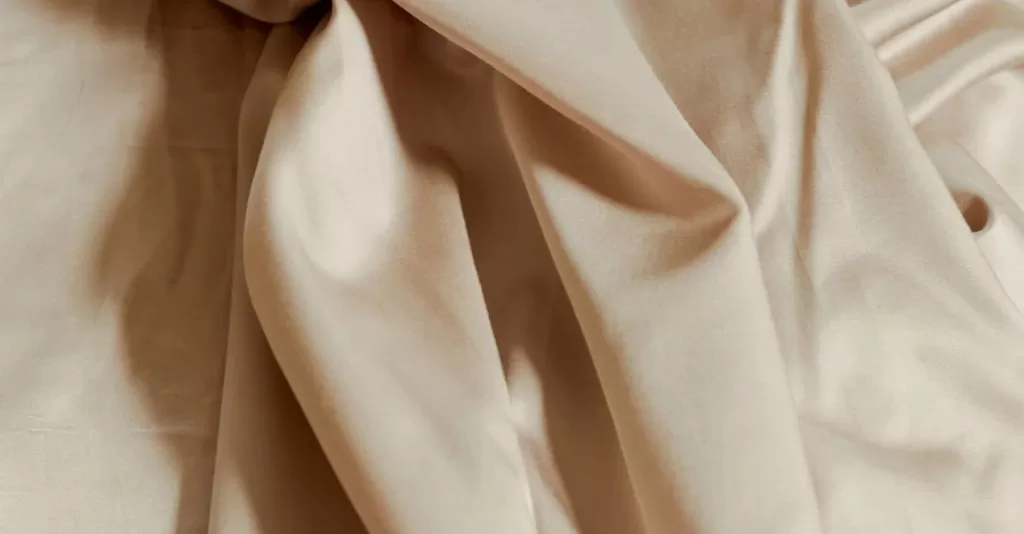
6. Cork fabric
Cork fabric has entered our bodies after escaping the board and the bottle.
The material has acquired appeal for vegan handbags and shoes for good reason.
Simply by shaving off the bark, cork is harvested responsibly from a cork oak (yep, it comes from a tree). In order to prolong Quercus suber’s life, it should be harvested.
While regrowing its bark, the tree absorbs more carbon dioxide than the majority of other tree species. Cork-producing plantations can function as carbon sinks.
After the cork has been collected (which can occur sustainably every 9 to 12 years for mature trees), it can be laid out in the sun to dry, and only water is required to make it suitable for clothing.
Before we pop the cork, we’ll leave you with this: cork is an essential component of a unique ecosystem. It is home to a diversity of plant and animal species, and our usage of cork is essential to preserving its health.
7. Econyl
Econyl is simply recycled nylon, which should cover the fundamentals of recycled materials (for the main synthetic fabric offenders).
But is nylon a green material?
On the contrary, it converts used nylon fabric into waste synthetic ocean plastic, abandoned fishing nets, and used fabric.
Although it has the exact same feel as nylon, this fabric is produced using a closed-loop technique and uses less water.
While we are enthusiastic about this fabric and the opportunities it has created for eco-friendly swimwear, it has also been linked to some of the bothersome microplastics that clog up our waterways.
8. Rendered Polyester
There are several options available when it comes to sustainable fabrics. While we’re at it, we should also talk about recycled polyester or PET.
Numerous businesses have created techniques to give plastic bags, bottles, and fabrics that would otherwise end up in landfills a second chance because it is obvious that single-use plastics are bad for the environment.
Like virgin polyester, recycled polyester is very flexible and can be made to feel and work in many different ways. Recycled polyester can be used to make everything from rich and fluffy sustainable fleece to thin and light ethical athletic wear.
Eco-friendly clothing companies like Patagonia, prAna, and Reformation have used them for a long time.
Although this prevents plastic from entering landfills or the ocean, washing PET without a microplastic filter bag would result in the discharge of microplastics (like the Guppyfriend).
In addition, PET can only be recycled a certain number of times before its quality degrades to the point that it must be thrown. Concerns have also been expressed over the effects of some of the hazardous substances in PET bottles on those who wear them.
Recycled polyester outcompetes virgin polyester.
9. Lyocell
Lyocell is a cellulosic or semi-synthetic fabric that has gained widespread popularity in the sustainable fashion industry. It is commonly referred to simply as “TENCEL,” the trademark term given to the fabric by Austrian company Lenzing, the most recognized lyocell and modal producer in the world.
It is comprised of eucalyptus tree pulp, which does not require a great deal of water or chemicals to thrive. Only ethically managed forests are used in the manufacturing of TENCEL.
Lyocell is produced using a “closed loop technique” that recycles up to 99.5% of the dissolving chemicals and consumes less water than other fabrics.
As stated previously, however, not all lyocell is made equal.
We recommend looking out clothing labels made with TENCELlyocell or clothing firms who are transparent about their sourcing and production processes.
10. Modal
Modal is another semi-synthetic fabric with exceptional comfort and breathability.
Similar to lyocell, which is formed from eucalyptus pulp, modal is derived from beech wood.
It is produced using the same closed-loop technology of recycling water and solvents as lyocell, but it produces significantly less waste and chemicals than non-sustainable viscose rayon fabric.
In the case of TENCEL modal, up to 99 percent of the solvent is recycled.
11. Bamboo Lyocell
There are numerous options available for environmentally friendly materials. Nowadays, bamboo is utilized in a variety of products, from eco-friendly glasses to ethical underwear. This is due to the increasing popularity of bamboo.
Like conventional TENCEL, lyocell, bamboo lyocell is produced using a closed-loop technology that recycles water and chemicals.
However, as we briefly noted before, bamboo can also be extremely unsustainable, and bamboo viscose is sometimes mistaken with bamboo lyocell produced in a closed loop.
Multiple chemicals are used to transform the pulp into silky fibers in both processes. Keep a look out for bamboo lyocell that has been processed in a closed-loop manner with little usage of harmful chemicals.
A handful of bamboo sock and pajama manufacturers, have begun developing their own specifications for eco-friendly bamboo lyocell.
12. Ecovero
There are numerous options available for environmentally friendly materials. Lenzing, the manufacturer of the majority of the world’s lyocell and modal, has just introduced Ecovero, a brand-new type of viscose fiber.
These fibers, which are derived from a variety of sustainable wood and pulp sources and meet the strictest environmental standards, are 50 percent less polluting and utilize less water than typical viscose fabric.
If their name appears on a brand, you can rest assured that it was manufactured utilizing closed-loop techniques and is one of the most environmentally friendly materials available.
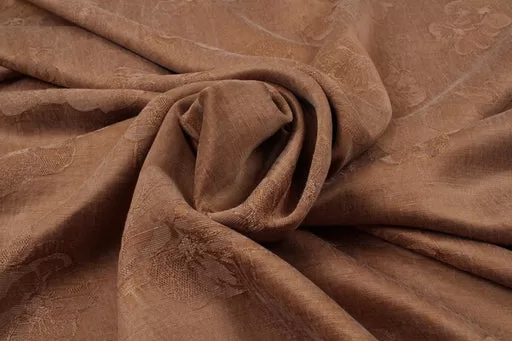
13. Pinatex
There are numerous options available for environmentally friendly materials (just like that favorite tee you can never find). Photo by Phoenix Han on Unsplash Sustainable textiles and apparel
Pilates is a sustainable and cruelty-free leather alternative created from pineapples. You will love this fabric and is sure to addup to your happiness.
It is simply a byproduct of culinary goods manufactured from previously discarded, burned pineapple leaves. It generates less waste and may biodegrade on its own, even when combined with wood-based PLA.
Ground coffee beans are used to generate yarn that is environmentally friendly. The final product dries quickly and provides natural UV protection.
Even if you smell like coffee all day (which we wouldn’t mind), you’ll be dry, comfy, and environmentally friendly!
14. Qmonos
If you wear something manufactured using Qmonos, you will feel like you’re in a science fiction film.
This is due to the fact that the spider silk used to produce the Japanese fabric was produced in a laboratory utilizing spider silk genes and bacteria.
Although the fiber is still lightweight and pleasant, it is stronger than steel. As they say in the movies, no spiders were harmed in the making of these biodegradable fabrics.
15. Protein-based Fabrics
Brewed Protein is the newest eco-friendly fabric to hit the market, and it was developed by the same Japanese company, Spiber Inc., that produced Qmonos.
Brew protein is a type of protein fiber that looks like a mix of SCOBY and QMILK. It is produced by fermenting plant products.
It can be spun into threads that resemble cashmere or fine silk, or it can be transformed into a tortoise-shell-like resin. Both of these are good and useful to the environment.
In addition to being completely biodegradable (without breaking down into microplastics), vegan, and releasing much fewer greenhouse gas emissions than fibers manufactured from equal animal sources of protein, it has a wide range of applications.
Spiber and The North Face have just collaborated to create the Moon Parka, the first outdoor jacket created from brewing protein. It is likely to be difficult to acquire because it is so new.
16. Apple eco-leather
Apple Eco Leather (or Pellemela, as it was originally known in Italian) is a vegan leather substitute made from apple juice industry byproducts.
Produced by the Italian company Frutmat, which specializes in biological waste recycling. It is also known as Kleenex or tissue, which are alternate names.
It is fully biodegradable, waterproof, breathable, and incredibly resilient on its own.
As a result, it is most commonly found in wallets, purses, eco-friendly handbags, sneakers, and running shoes.
17. Woocoa
There are numerous options available for environmentally friendly materials (just like that favorite tee you can never find). This Unsplash photo by Jannik Selz highlights eco-friendly materials and fashion.
This alternative wool made from plants is gaining popularity. Hemp, coconut fibers, and mushroom enzymes are used to create it.
This vegan wool is both eco-friendly and kind to animals. Stay tuned for the imminent introduction of other fungus fashions. Mushrooms have recently been used in numerous sustainable vegan products.
18. Cupro
Cupro, commonly known as “Cupra,” is a vegan alternative to silk. It is composed of cotton linter, a byproduct of cotton production, or recycled cotton clothing. The remaining fuzz on seeds after harvesting is known as linter.
As with lyocell and modal, natural cotton fibers are treated with chemicals to produce semi-synthetic fabrics. Chemicals are used to change the natural cotton fibers into a semi-synthetic fabric, just like with lyocell and modal. Obviously, a closed-loop system is employed to recycle nearly all of the water.
Despite being both recycled and semi-natural, this cloth ranks among the least sustainable on the list (and hence much more sustainable than any non-recycled synthetic).
Some claim that the major purpose of cupro fabric is to earn cash from rubbish collected in countries such as China (greenwashing alert!). It has also been related to a significant amount of pollution during its production.
Consider recycled polyester if you truly want to wear recycled fibers, unless a company is transparent about where their cupro is sourced.
19. Kombucha
Kombucha drinkers, rejoice!
Those enigmatic particles in the bottom of your ‘buch’ bottle could be the leather of the future.
If you do not consume kombucha, consider the following: A substance of live cultures termed SCOBY (Symbiotic Culture of Bacteria and Yeast) is used to ferment kombucha, and the same bacterial mass can be used to create leather.
The SCOBY leather dries on a mold, and after a few more stages. We assure you that it is not as disgusting as it sounds.
SCOBY-based leather obviously does not require animals, is biodegradable, requires no heavy metals or other tanning chemicals, and is also considerably cheaper than genuine leather.
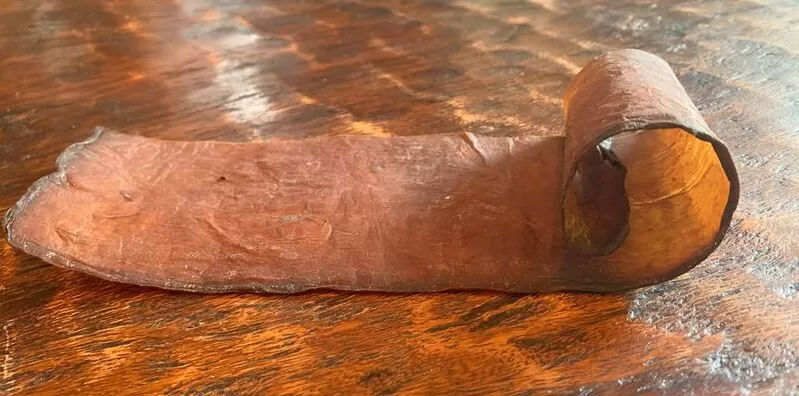
20. QMilk
QMilk describes itself as the “material of the future.” And it could be! certainly futuristic in appearance. These are the fabrics that will be used extensively in the coming years.
Using casein, a milk protein derived as a byproduct of the dairy industry, the material produces an organic, biodegradable, flame-resistant, and velvety-smooth fabric. But keep in mind that QMilk isn’t vegan.
Disclaimer:
The author’s views are his or her own. The facts and opinions in the article have been taken from various articles and commentaries available in the online media and Eastside Writers does not take any responsibility or obligation for them.
Note: Contact our Writers at www.eastsidewriters.com for writing Blogs/Articles on any niche. We have experts in various domains, from Technology to Finance and from Spirituality to Lifestyle and Entertainment.




